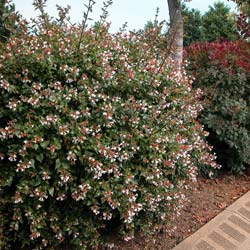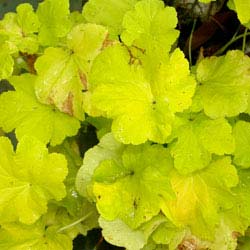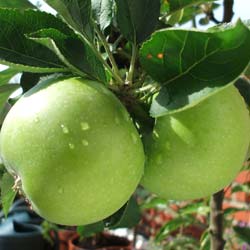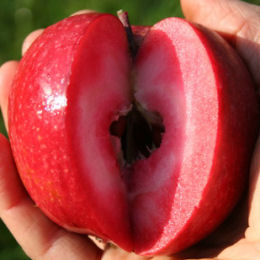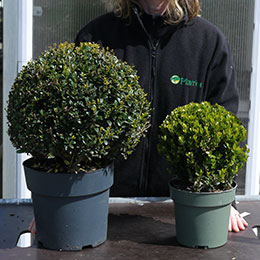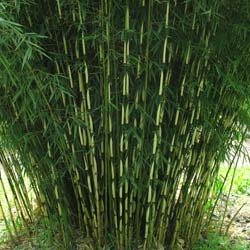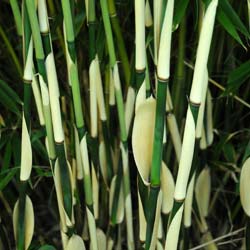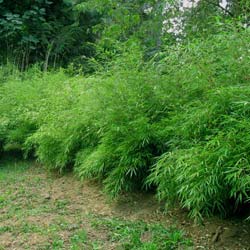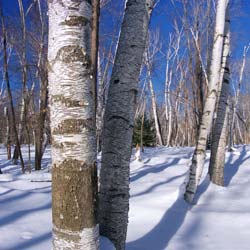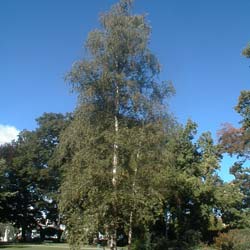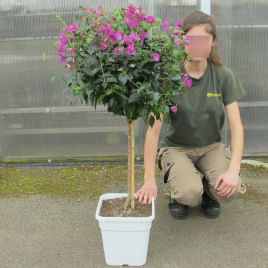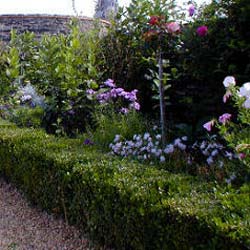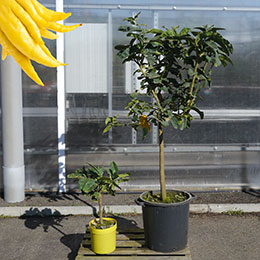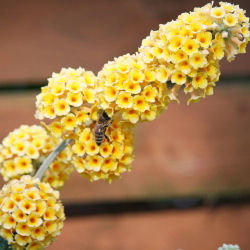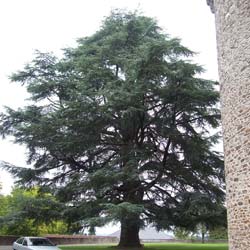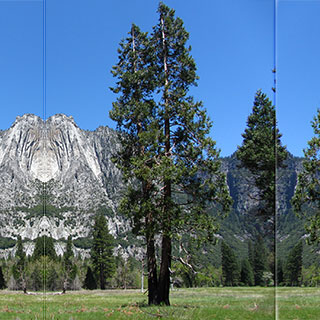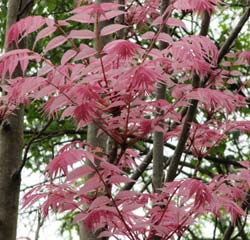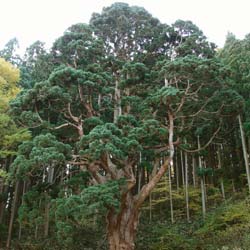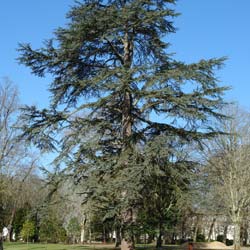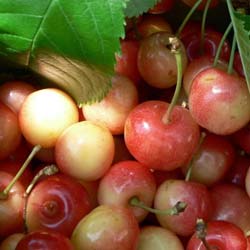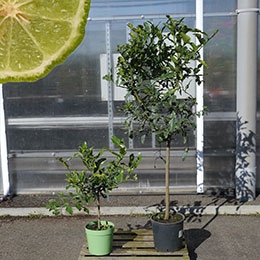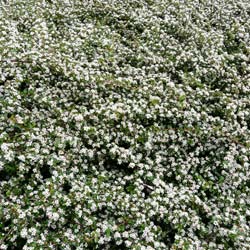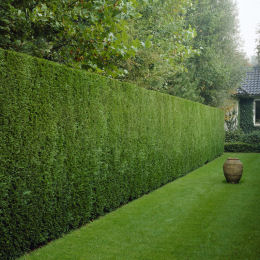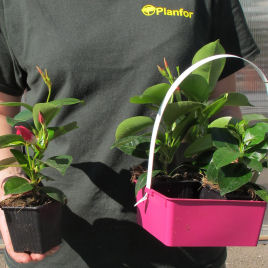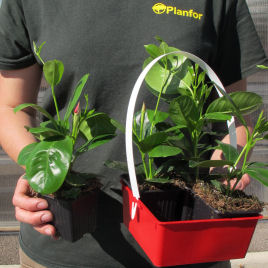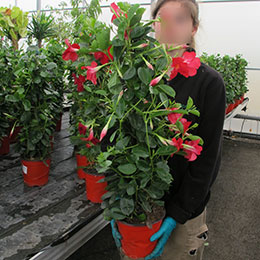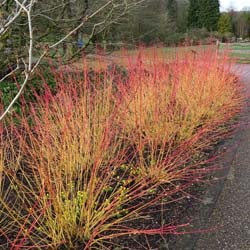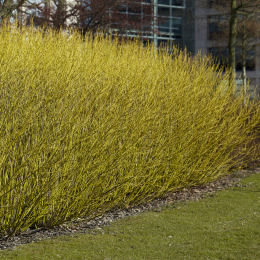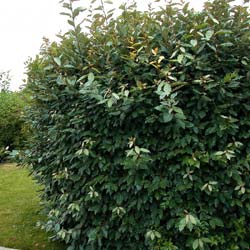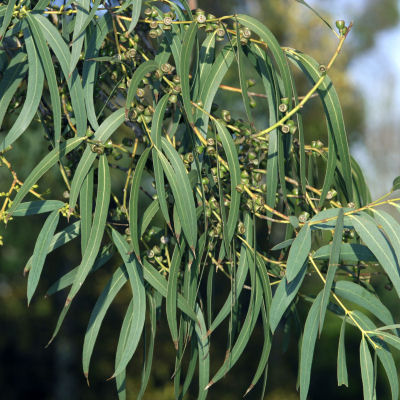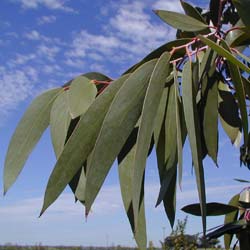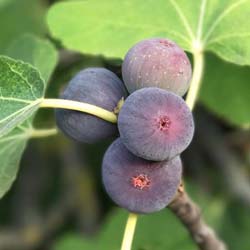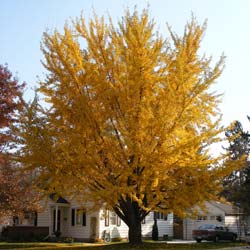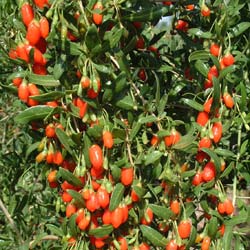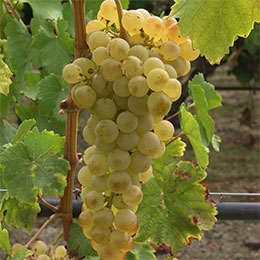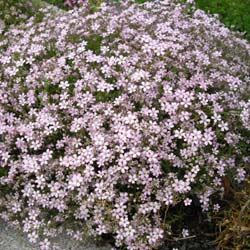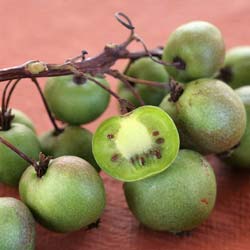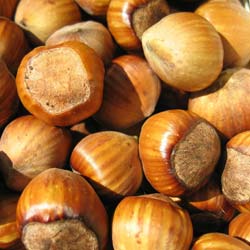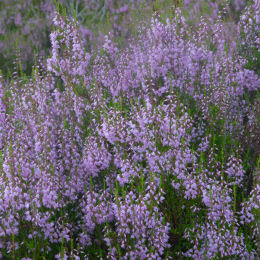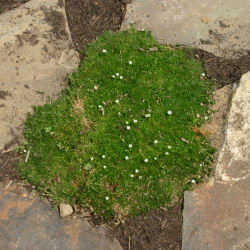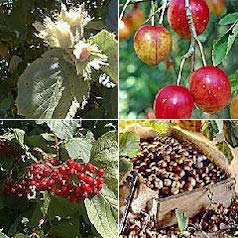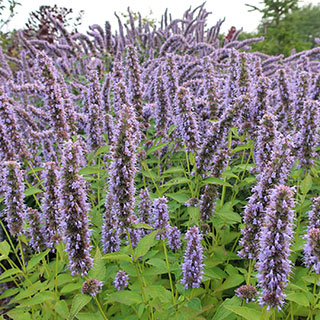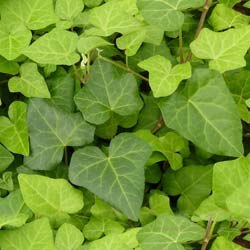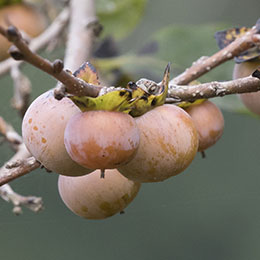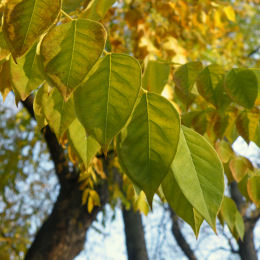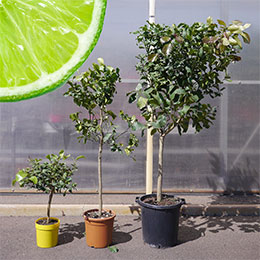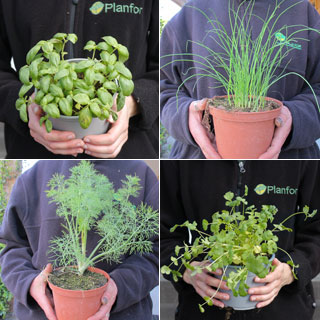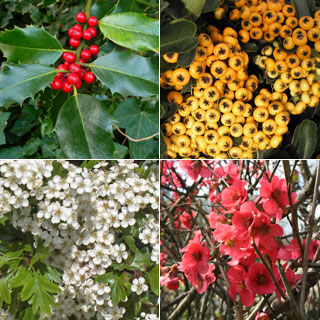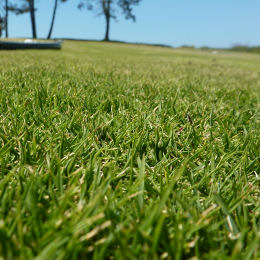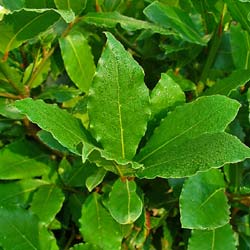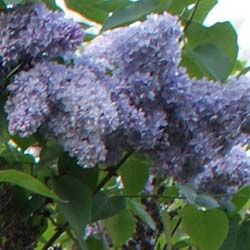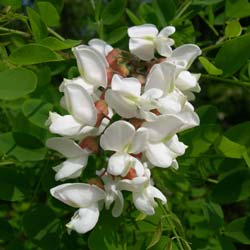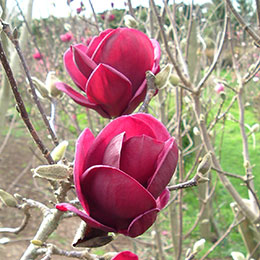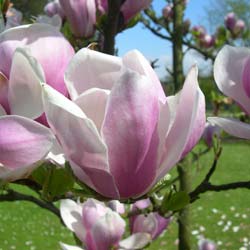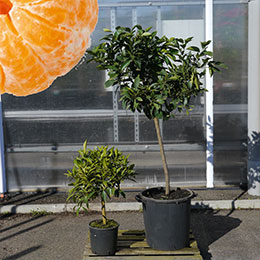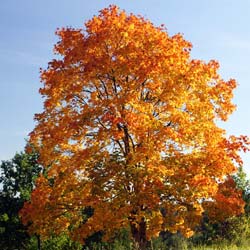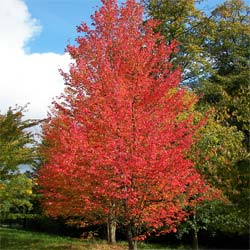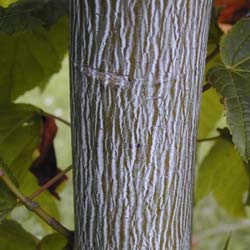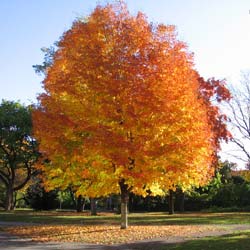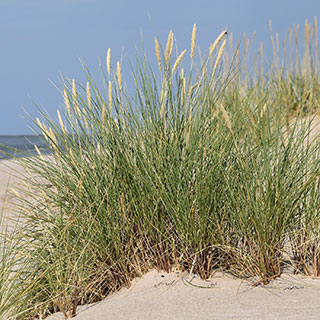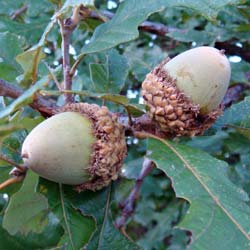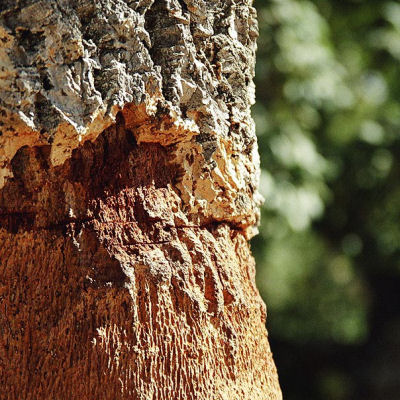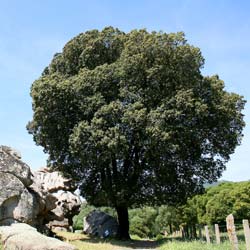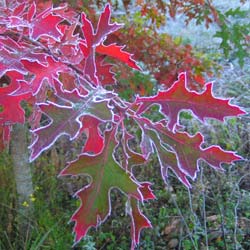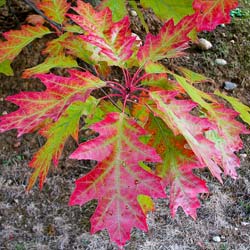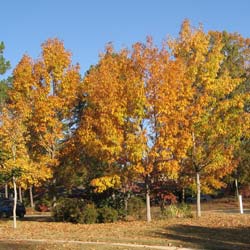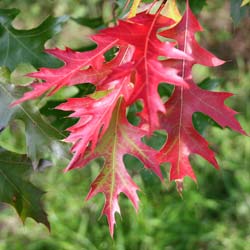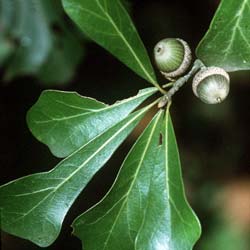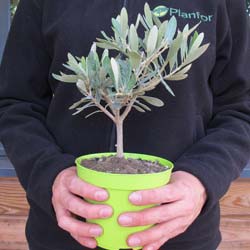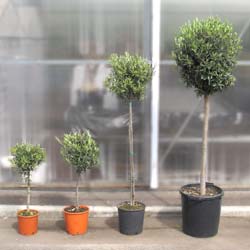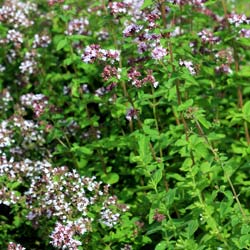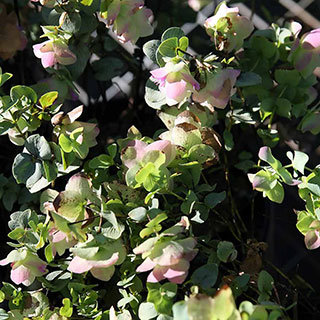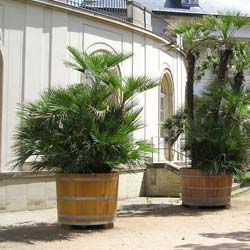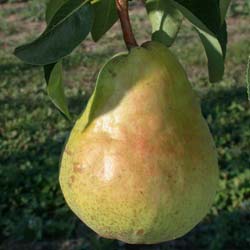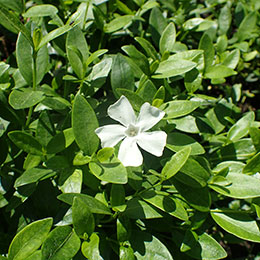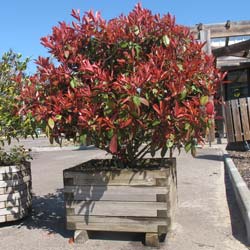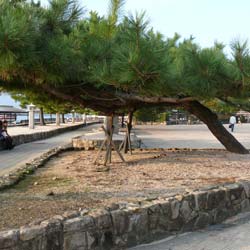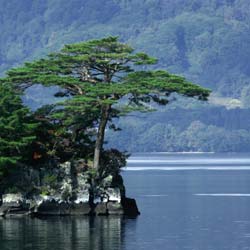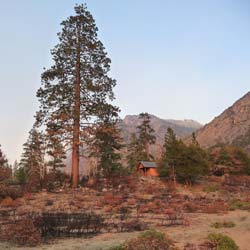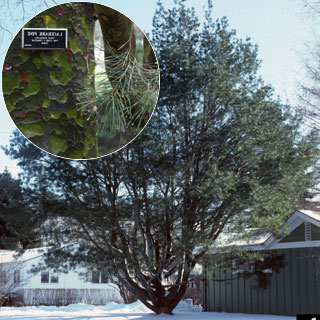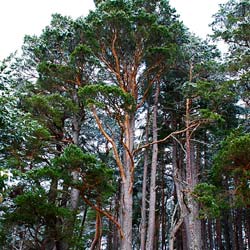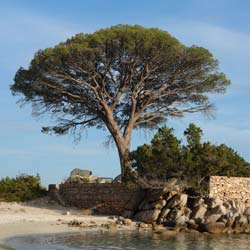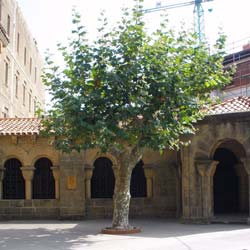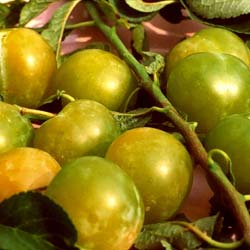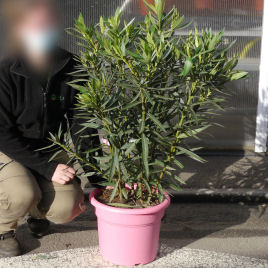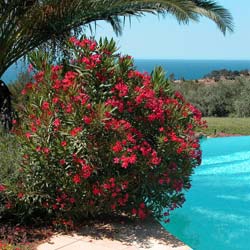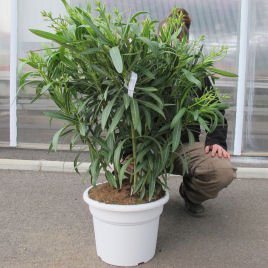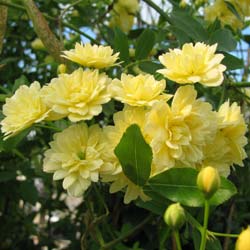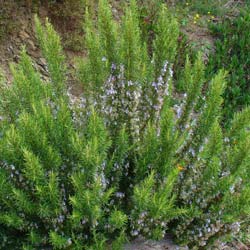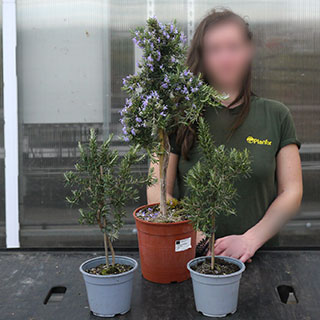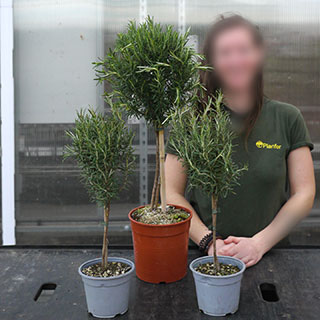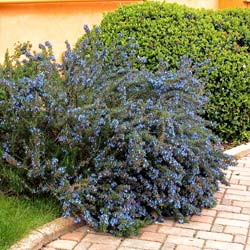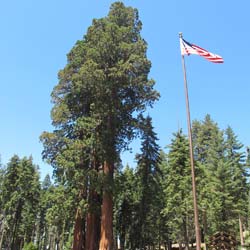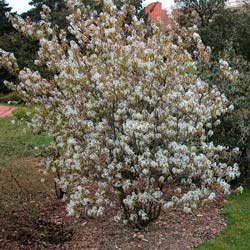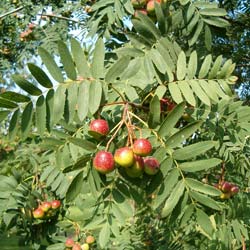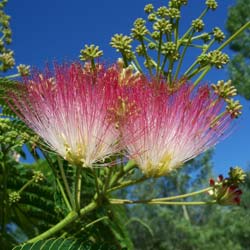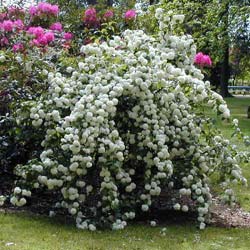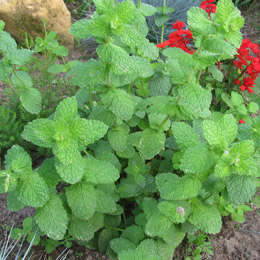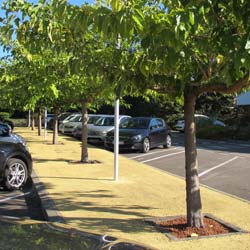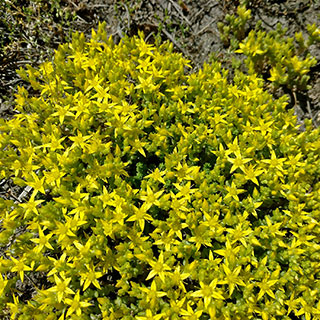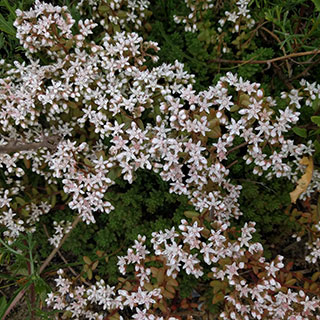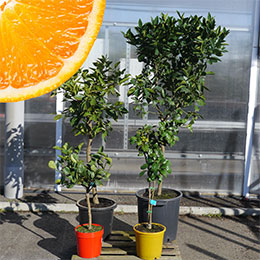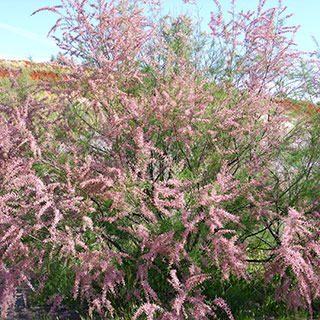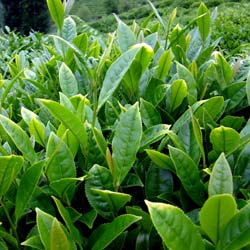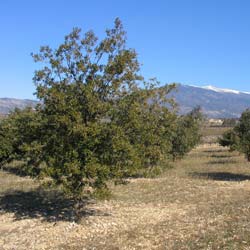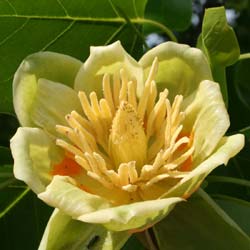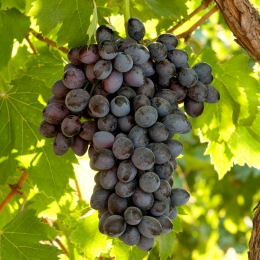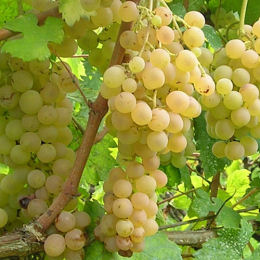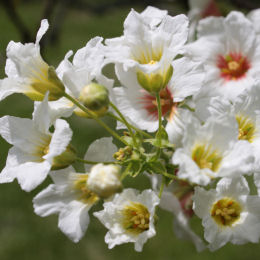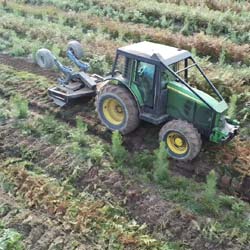Home > Forest Woodlot > Forestry Work > Estate-Donation of forest Estate-Donation of forestBuy: Estate-Donation of forest
Pictures of: Estate-Donation of forest
Description: Estate-Donation of forest
Forestry Work
• Fertiliser input in forest plantations • Forest mulching • Forest brushing • Cleaning young plantation forests • Forest ploughing • Forest plantation • Forest work with excavator
Forestry Management
• Forest mapping • Contract to monitor a forest estate • Estate-Donation of forest • Estimate of forest estate • Forest taxation • Professional Forest Manager (PFM) • Simple Management Plan (SMP)
Forest Tree Seedlings
• Forest Tree Seedlings for your plantations • Douglas Fir Forestry • Maritime Pine Forestry Estate-Donation of forestupdated on 11-03-2021
I - What is an inheritance or a gift of forest estate? I - What is an inheritance or a gift of forest estate?The estate is transferred between people, either when they are still alive or after someone’s death. In the first case it is called an inter vivos gift, in the second case, it is called inheritance.When a person dies, the transfer of the estate is done according to the inheritance rules or the testamentary dispositions. For a gift between living people, there are three possibilities:
After an inheritance or a gift where there are several heirs, the estate is generally parcelled out or managed in joint ownership. In this case, all the members must agree unanimously to undertake any action on the estate. On the contrary, with a forestry group, the managers can take their decisions alone. However, estates may be managed alone. When there is only one donee or if the original forest has been shared between heirs, only one person decides what interventions can be done on the estate. Finally, many other legal entities can be found in the forestry sector after an inheritance or a gift, with their own management rules (Civil Real estate Company, Rural Land tenure Organisation, etc.). The following goods can be subject to an inheritance or a gift:
II - How to execute a forest inheritance or gift?An inheritance or a gift must be done by a notary.But, prior to that, an ESTIMATION of the estate is necessary (lien vers la fiche estimation de propriété) preferably done by a forest Professional (PFM /GFP (lien vers la fiche GFP), mainly forest experts, forest cooperatives). For this estimation, an updated MAP must be done for all the forest plots, as well as a forest mensuration inventory, to evaluate the technical value of the given forest. This value is determined by the production capacity of the soils and the varieties of trees, according to unbiased and measurable criterions: circumference and height measurements, calculation of on-site density and soil soundings. The estimated value results from the estimation of the soil and the forest surface area. In any case, this value does not represent the market value. The market value, even though it sometimes comes from the technical value, presents a dramatic difference which can be circumstantial, structural, or financial. These elements are independent from the forest production. The market value does not consider a convenient value either. The estimation of the technical value is a necessary base for the notary as well as for the givers and heirs, to execute an inheritance or a gift. III - Why execute a forest inheritance or gift?The first objective is to transfer forestry goods in the best financial conditions for the family.The forestry production is quite particular in that the capital is immobile, the standing timber waiting for the final cutting. In economy, it is a unique situation due to the potential risks that might occur in the meantime (storm, fire, sanitary risk). The French government took this into account when he created a tax system adapted for the inheritance or intervivos gift of forest plots. This tax system results from the MONICHON amendment. The transfer of estate is only taxed on the ‘soil’ capital, which value is a flat rate representing ¼ of the value of the whole forest estate, the other ¾ representing the ‘standing timber’. Thus, the taxable base is reduced by ¾ (Bulletin officiel des Finances Publiques-Impôts : BOI-ENR-DMTG-10-20-30-10-20190502). The application of the Monichon amendment is subject to the following conditions:
1) Delivery of the certificateWhat is this certificate? The certificate delivered by the Departmental Territory and Sea Directorate confirms that the concerned woods or forest are subject to a sustainable management, guaranteed by a Simple Management Plan (French: Plan Simple de Gestion - PSG), a Code of Good Practice for Sylviculture (French: Code de Bonne Pratique Sylvicole - CBPS) or Classic Management Regulations (French: Règlement Type de Gestion - RTG). How to obtain this certificate? The heirs must send the application for the certificate to the Departmental Territory and Sea Directorate of the department where the forest estate is situated. When the estate has plots in several departments, the application must be sent to the DTSD where the largest plot is situated. The application for the certificate is composed of the following documents:
2) Commitments to makeThe heirs, donees and beneficiaries must make, for themselves and for their successors, the commitment to guarantee, for the concerned woods and forests and for a period of thirty years, a sustainable management with a Simple Management Plan (SMP), a Code of Good Practice for Sylviculture (CGPS) or Classic Management Regulations (CMR). If there is no such guarantee at the time of the transfer, they commit to present one within three years (starting from the date of the transfer), and to implement it until the end of the thirty-year period. The beneficiaries of the certificate will then commit to implement the normal exploitation system to the woods and forests, until presenting one of the sustainable management guarantees. 3) Review of the implementation of the sustainable management documentThe beneficiaries of this system must set up a review of the implementation of the management document, and so every 10 years (starting from the day the declaration of inheritance or the act of giving is signed). This review must be sent to the Departmental Territory and Sea Directorate within six months, after the end of the ten-year period. This formality came into effect on the 22nd May 2010. This review contains the following information:
The partial fiscal exemption is subject to the fact that the administration (following the article 1929 of the General Tax Code) can affiliate a legal mortgage on all or on part of the good concerned by the transfer, thus guaranteeing the payment of additional or complementary rights, eventually required in case of a transgression. When the failure of the beneficiary is proven (no respect of the commitment for a sustainable management), the favourable fiscal system is terminated. That is to say, the rights saved with this system are then required for payment, to which are added supplementary rights of 30%, 20% or 10% whether the failure is recorded before the end of the tenth, twentieth or thirtieth year. The termination can be total or partial. In this last case, the rights are required only for the concerned area. An interest for delay is also required for payment. However, it is deducted from the monthly common right for the first five late annuities. For the next annuities, it is respectively reduced by a fifth, a quarter or a third, whether the failure is recorded before the end of the tenth, twentieth or thirtieth year following the transfer. (CGI, art. 1727, IV-7°). Exceptions for the reconsideration of the favourable fiscal system The beneficiary of the favourable fiscal system is not reconsidered in the following situations:
IV - Why Planfor ?
Sources :
Related Categories: Estate-Donation of forest
Your reviews about: Estate-Donation of forest |













